It’s not for nothing, Nagaland is called the Land of Festivals. This Northeastern state is home to numerous tribes that has got their own customs and traditions that translate into a place for celebration almost year round. The tribes in Nagaland have festivals around the elements like the spirits that saunter the villages and forests; the fertility of soil; community bonding; purification and rejuvenation. Therefore, it is apparent, no matter what time or season of the year there is, a festival or two can be witnessed being celebrated in the state.
Nagaland boasts being the glorious habitat for about 16 tribes that are equally rich in culture and heritage. Indeed, there is so much to learn from the ancient tribes that have been able to conserve their culture. Witnessing a festival in Nagaland is one of the best ways to understand the difference between these tribes and also the fact as to what keeps them so attached to their cult and customs. Amongst the most popular festivals of Nagaland is Hornbill, which is one such festival where almost every tribe of that state takes part. Since agriculture is an important part of Nagaland, one can expect several pre-harvest, harvest, post-harvest and sowing celebrations like Mimkut (by the Kuki tribe), Bushu (by the Kachari tribe), Tsukhenye Festival (by the Chakhesang tribe) and Yemshe (by the Pochury tribe). Apart from these, the Rengma tribe of Nagaland is known to celebrate thanksgiving and the popular Angami tribe is famed for their purification festival of Sekrenyi.
One of its kind festival in the state includes Miu, which is celebrated by the people of Khiamniungam to build cordial relations between the maternal uncle and his sister’s children. Most of the celebrations are marked by folk dance and music, preparation of variety of food and drinking of rice beer.








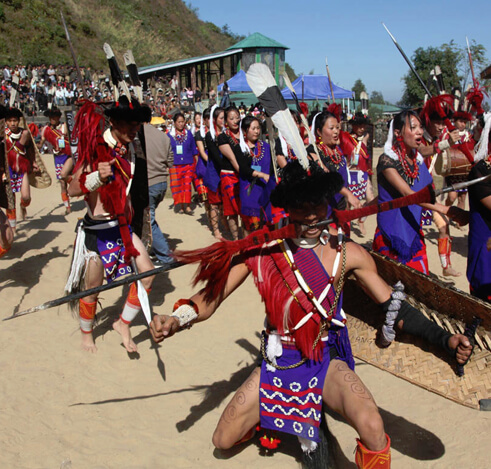



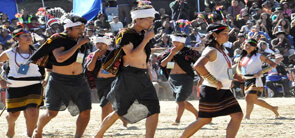
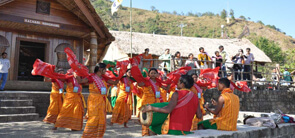
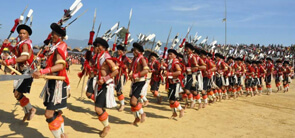



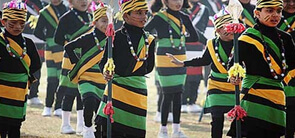



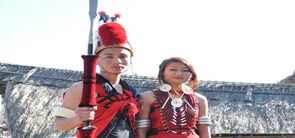
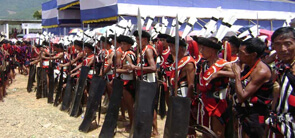
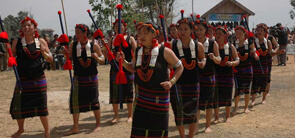


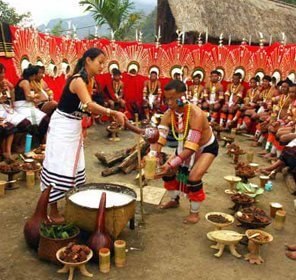

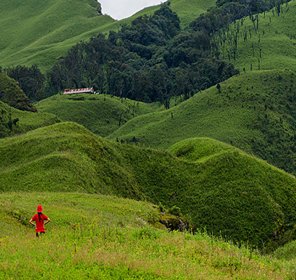

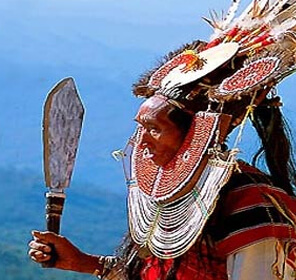

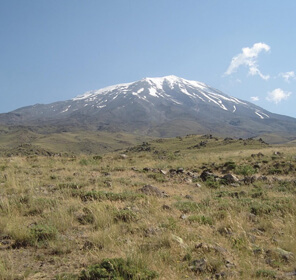


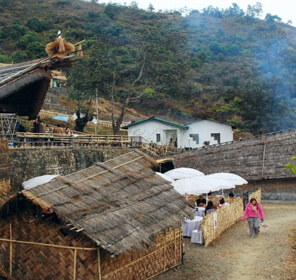


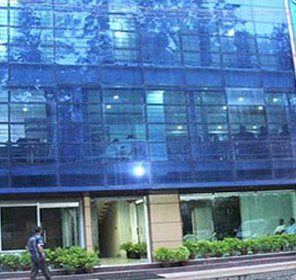




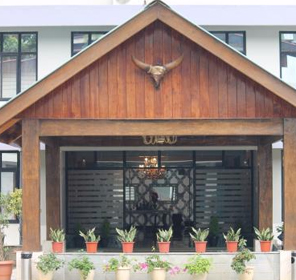
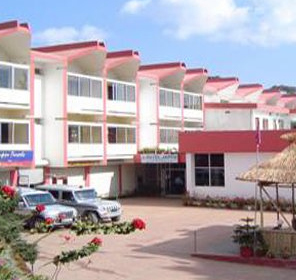


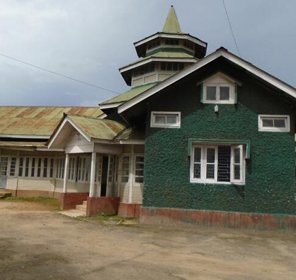


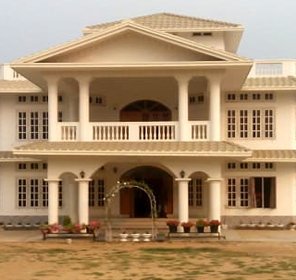











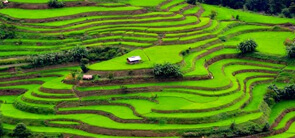
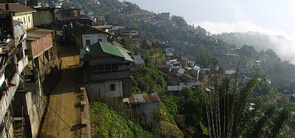

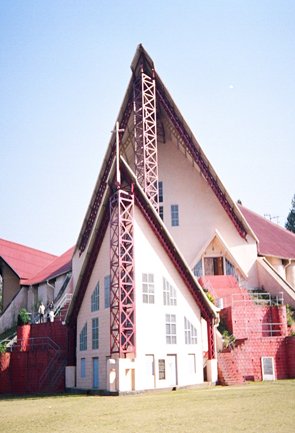
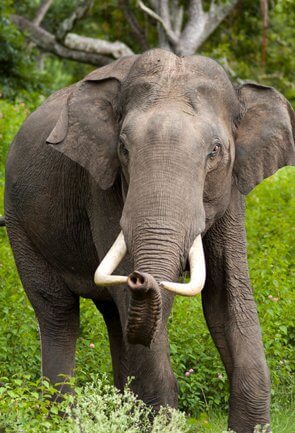

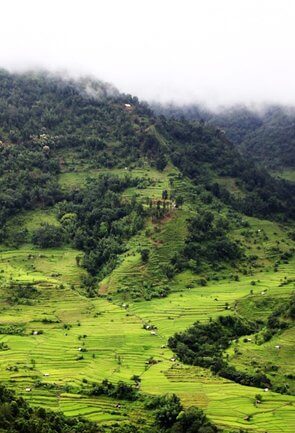
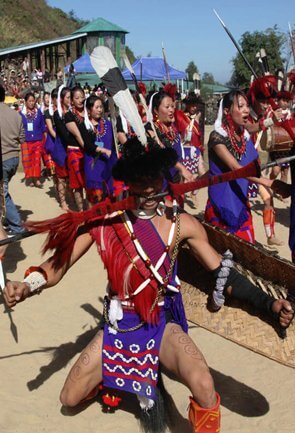
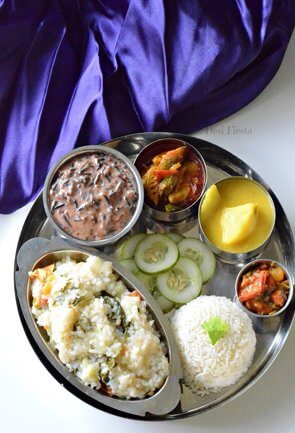


 Plan Trip
Plan Trip Call Us
Call Us Packages
Packages Home
Home